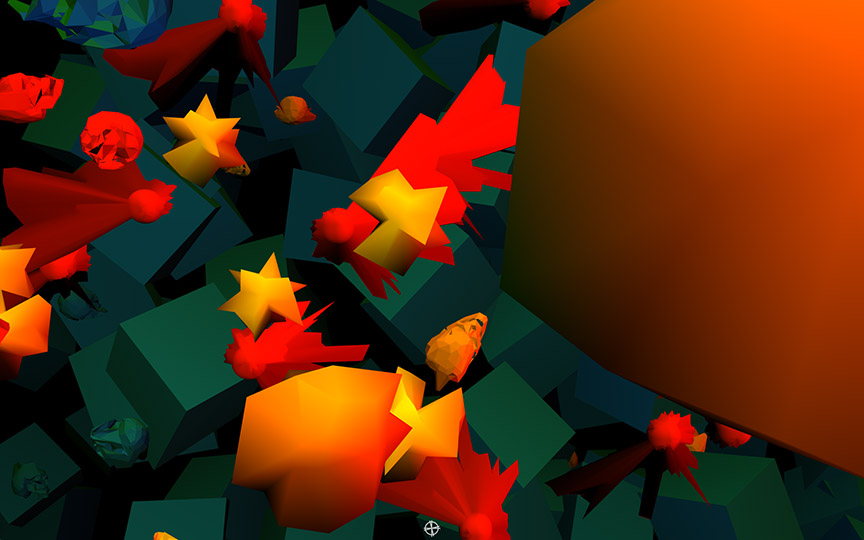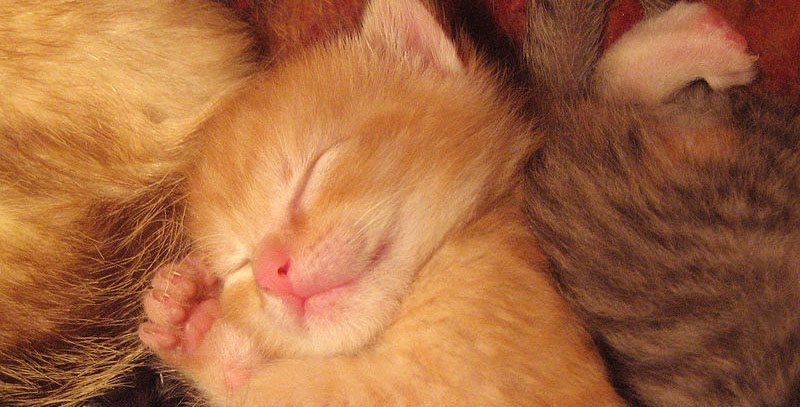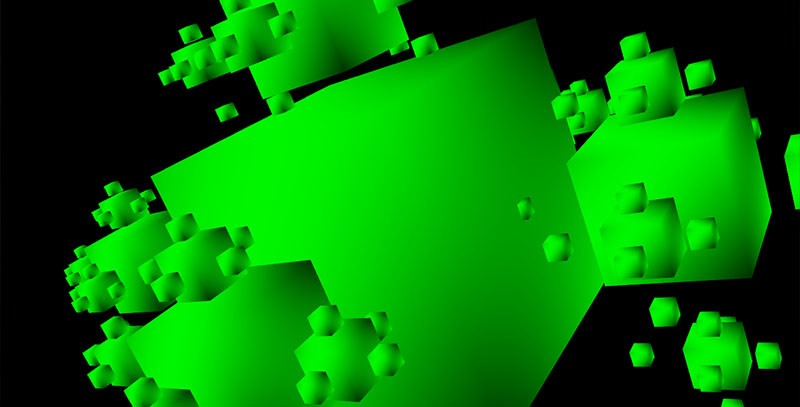I am working with the Leap Motion Controller and have come across a “soft area” in the API – there is not a direct bridge between the Unity web player and the Leap Motion Controller. This has to do with the fact that the Unity web player is “sandboxed” to prevent its having access to […]
// Leap Motion Team
Enabling tap gestures with the TouchZone API is an effective way to allow quick interactions within your app. Tapping is fast and easy, and it’s a very familiar action to anyone who’s used a touchscreen. Here’s a brief guide on how to recognize a tap gesture, in a way that avoids needless complexity and synchronization […]
How do I control multiple parameters and know which one I’m controlling? After watching a few video reviews of the Leap Motion Controller, it seems that some of those who recently joined the Leap Motion user community are looking for more clarity in controlling multiple parameters. To solve this problem, gesture mapping and use of […]

In my never-ending quest to figure out the ‘best’ way to interact with the Leap Motion Controller, I find a lot of my thoughts focusing on camera movements. In the case of the Universe of Sound, this meant flying from galaxy to galaxy by holding your hand flat, but I also wanted to explore other methods of camera movements.

Creating interfaces is really difficult. It’s especially difficult when you are making interfaces for something that has not been researched before. The way you interact with the computer is different if you are using a trackpad, mouse, or touchscreen – and especially a Leap Motion Controller. Some actions are easier, and others are harder, so each interface should be made with these restrictions and freedoms in mind.
What wouldn’t have been possible without the Leap Motion Controller?
Every time I start a new project, this is the first question I ask myself. The answer is of course infinite, but to try and parse that infinity into a simple answer is always more difficult than I first expect. Many times, I’ll try to think about what another application looks like in ‘Leap Space’. For example, think about the game Snake. It may be the most simplistic application in the world, but what exactly would it look like in ‘Leap Space’?
The Leap Motion Controller offers an expansive landscape of new possibilities for user control of computer applications, and in particular, games. Who didn’t, as a kid, run around with their thumb-and-index “gun” drawn, playing cops and robbers, shooting each other with the unmistakeable “bang, bang, you’re dead” gesture – relying on the unwritten rules of the playground to […]
Here’s a quick and dirty Unity demo showing how you can use the Leap Motion Controller as a mouse replacement for looking around in a traditional first-person control scheme. There is a jumping puzzle that’s there as a skill test to compare the difference between using a mouse and using the Leap Motion Controller. Mouse […]

